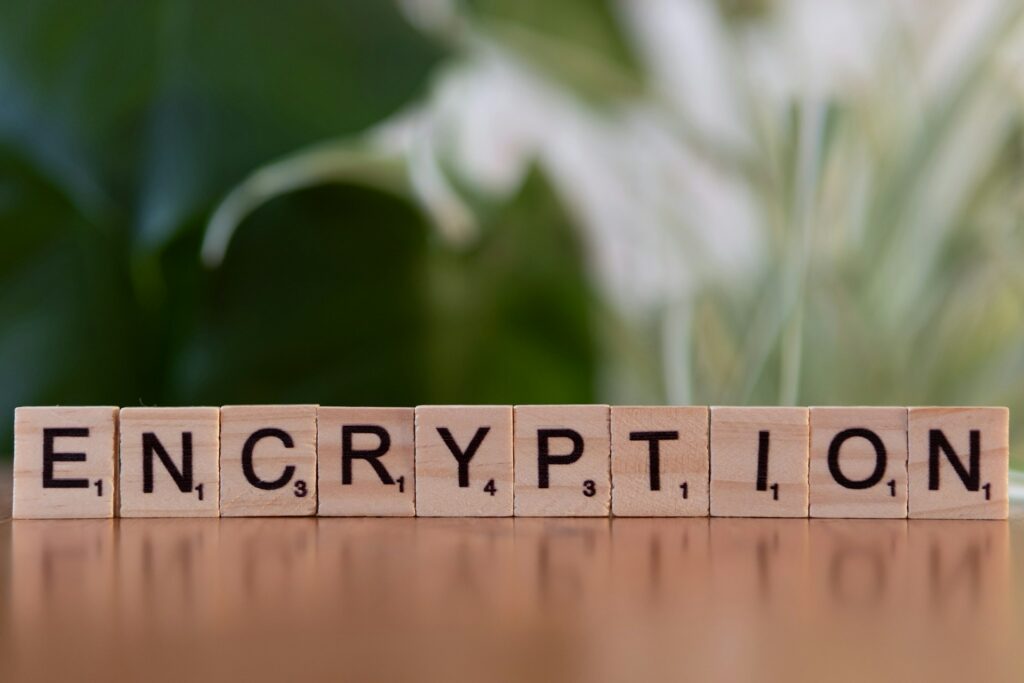What Kind of Security Does the Encrypted Messaging function on Social Platforms Offer?

What Kind of Security Does the Encrypted Messaging function on Social Platforms Offer?
The use of encrypted messaging has grown widespread across a variety of social media platforms, offering users the promise of privacy, security, and protection from eavesdropping activities. Users depend on end-to-end encryption (E2EE) to guarantee that only the sender and the receiver are able to read the communications they transmit and receive. Encryption may be used for everything from intimate discussions to critical business communication. There are, however, doubts that remain about the efficacy, limits, and overall safety of these features. This is because digital dangers are always evolving.
Recognizing the Concept of End-to-End Encryption
When a communication is encrypted using end-to-end encryption, it is encrypted on the device that is used to transmit it, and it is only decrypted on the device that is used to receive it. It is even impossible for the platform that is hosting the service to access the material. This guards against interception during transmission, preserves secrecy, and prevents illegal observation of the contents of the communication.
Messages that are encrypted and offered via platforms
There are currently a number of prominent platforms that provide E2EE either as a default feature or as an optional feature. These platforms include messaging applications, social networks, and collaboration tools. A growing number of users are opting for systems that provide comprehensive encryption in order to safeguard their personal discussions, financial information, and professional talks that are conducted in confidence.
Advantages of Utilising Encrypted Messaging
- Protects the privacy of the sender and the receiver by ensuring that communications are kept secret between the two parties.
- A reduction in the likelihood of hacking, phishing, or data breaches impacting the content of messages is one of the benefits of security against cyber threats.
- The concept of trust in communication involves instilling confidence in users by ensuring that their interactions are not able to be observed by other parties.
The Possibilities of Vulnerabilities
Despite the fact that encryption safeguards communications while they are in transit, it does not ensure ultimate safety:
- The security of the device is such that encrypted communications can still be read even if the device is hacked by malicious software or unauthorized access.
- There is a possibility that messages that are saved in cloud services or backups that are not encrypted might be susceptible.
- Metadata Exposure: Even when the content is encrypted, information such as the timestamps of messages, the sender, and the recipient details may be gathered and analyzed.
Legal and Regulatory Obstacles to Overcome
When conducting investigations, governments and law enforcement agencies may sometimes ask for access to communications that have been encrypted. It is possible that some systems may be subjected to pressure to develop “backdoors” or undermine encryption, which might result in a decline in security. A difficult problem to solve is maintaining a balance between privacy and legal compliance.
Behavior of Users and Safety Concerns
Users’ actions are a significant factor in determining how successful encryption is. Passwords that are difficult to guess, two-factor authentication, and sharing practices that are careful are all essential. In spite of encryption, users that consistently repeat passwords, fall for phishing schemes, or forget to update software may still be susceptible to security breaches.
Standardization of Encryption: A Comparison
There is a difference in the amount of protection provided by each platform. Strong protocols such as OpenPGP and Signal Protocol provide a high level of security, but approaches that are less robust or proprietary may be more susceptible to vulnerabilities. Assessing the encryption standards of a platform is necessary in order to have an insight of the platform’s level of security.
The Implications for Communication in the Business World
The use of encrypted messaging provides an additional layer of safety for enterprises that deal with sensitive information; nevertheless, it should be supplemented with more comprehensive cybersecurity policies. Having policies in place regarding the use of devices, the storage of data, and the management of access is essential for reducing risks.
Concerning the Prospects of Encrypted Messaging
There is a good chance that further developments in encryption techniques, cryptography that is resistant to quantum computing, and decentralized networks will make digital communication that much more secure. While this is going on, platforms will continue to strike a balance between user experience, privacy, and regulatory compliance.
The security and privacy of online communication are considerably improved by the integration of encrypted messaging services, which safeguard important communications from being accessed by unwanted parties. On the other hand, there is no absolute failsafe mechanism. Users have a responsibility to maintain vigilance about the security of their devices, the policies of their platforms, and appropriate digital behaviors. By having a comprehensive grasp of the benefits and drawbacks of encryption, people and businesses are able to make well-informed decisions and interact in a secure manner in a world that is becoming more interconnected.





